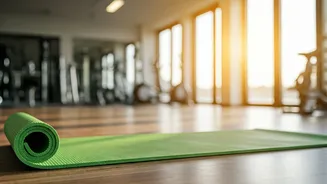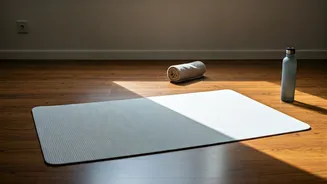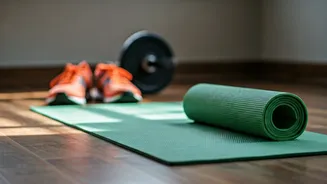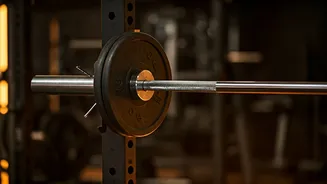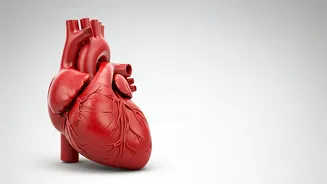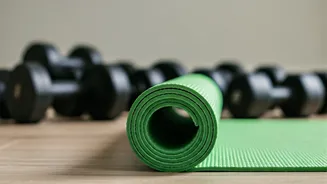Daily Routine Integration
Building a consistent daily routine is paramount in achieving a healthy lifestyle. This involves strategically structuring your day to incorporate physical
activity. Consider small, achievable steps like a brisk walk during your lunch break, taking the stairs instead of the elevator, or stretching for a few minutes every hour. Consistency in these small actions compounds over time, leading to significant improvements in both physical and mental well-being. Think about setting realistic goals and scheduling workout sessions. This ensures fitness isn't just an afterthought but an integral part of your day, fostering a culture of well-being. The key is to find activities you genuinely enjoy, making adherence more likely and the process less of a chore. Adjusting your day to incorporate movement can drastically improve your overall health and well-being, promoting a more energetic and focused lifestyle. This proactive approach ensures fitness becomes a sustainable habit, supporting long-term benefits.
Mind & Body Connection
This section emphasizes the important interaction between mental well-being and physical activity. Regular engagement in physical activity has a profound effect on mental health, reducing stress and anxiety, enhancing mood, and improving cognitive function. It encourages finding enjoyable activities to maintain a consistent routine. This approach fosters a positive feedback loop, where physical activity enhances mental clarity, and improved mental state encourages better adherence to exercise, resulting in improved overall well-being. This interconnected approach highlights the idea that taking care of your body is taking care of your mind.
Fitness Outside the Gym
This section promotes the idea of fitness beyond structured gym environments, underlining the importance of integrating movement in daily life. It advocates for engaging in activities that naturally lead to more physical activity, like walking, cycling, or doing outdoor activities, which are often more enjoyable and sustainable. This approach focuses on making fitness an enjoyable lifestyle, rather than a forced routine. This encourages long-term consistency, promoting better overall health and well-being by reducing sedentary behavior and increasing engagement in physical activities.
Break Unhealthy Habits
This section focuses on breaking negative habits that are detrimental to both physical and mental well-being, providing a framework for identifying, changing, and sustaining healthier behaviors. The key steps include recognizing harmful habits, understanding their triggers, and developing strategies to replace them with more constructive behaviors. This approach encourages taking self-control and making positive lifestyle choices, that ultimately help in building a healthier and more balanced life.
Pilates for Core Strength
This part focuses on Pilates as a practice for building core strength and resilience. Pilates involves a series of exercises that focus on muscle control, flexibility, and overall body balance, which enhances core stability. Regular practice contributes to improved posture, reduces the risk of back pain, and leads to greater physical resilience. It helps in building strength and mindfulness, both of which are central to holistic health and fitness. It is a helpful tool for building not just physical strength but also mental resilience, which equips individuals to manage daily stress and challenges.
